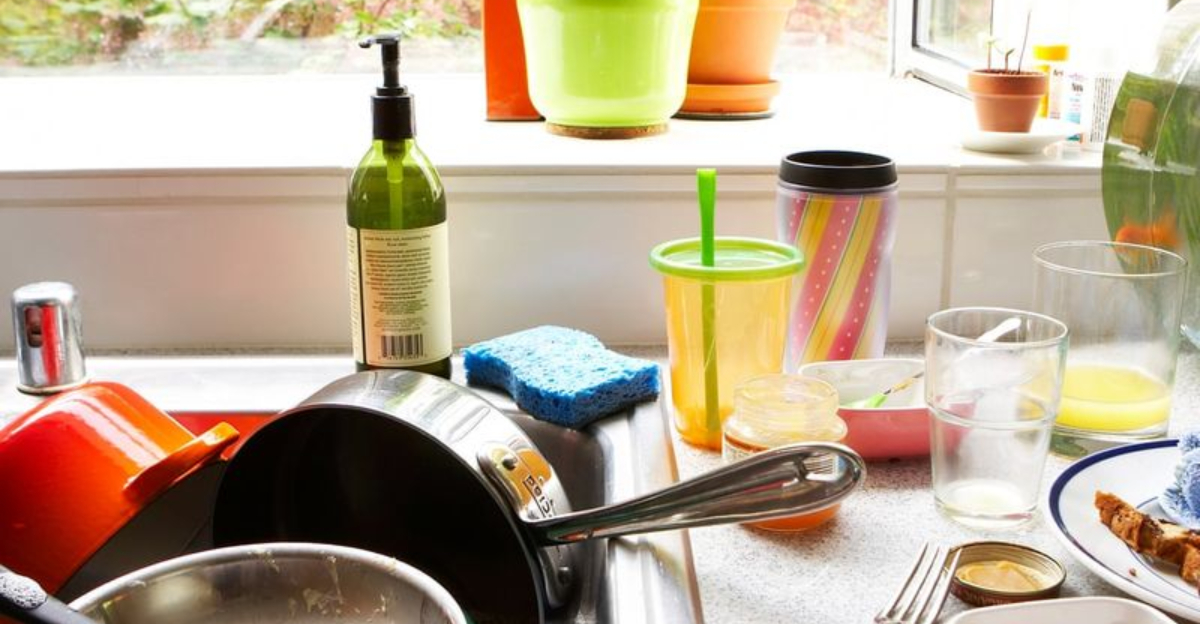A home that smells fresh and inviting rarely happens by chance—it comes from smart habits and a handful of savvy tricks. Those whose spaces consistently smell amazing know exactly which missteps to avoid.
By steering clear of quick cleaning fixes and overwhelming fragrances, they’ve perfected the balance that keeps their homes welcoming and naturally fragrant. Cleaning pros and scent specialists agree: it’s usually the small slip-ups that wreck a home’s aroma.
Want to uncover their secrets? Here are 10 things people with irresistibly fresh homes never do—plus 7 bonus tips many overlook completely.
1. Leave dirty dishes overnight
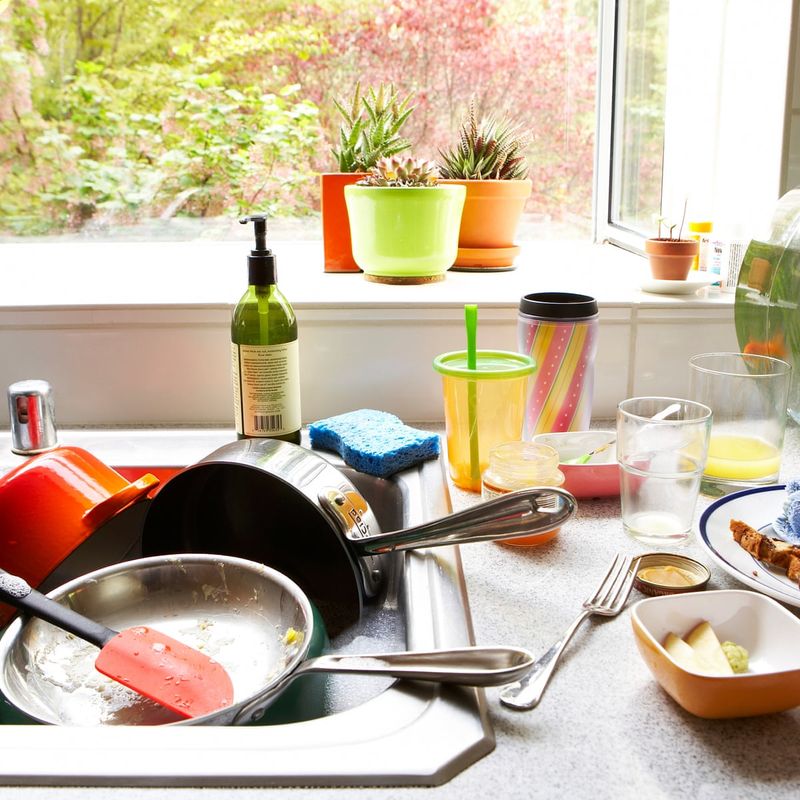
Food remnants are silent odor culprits that gradually fill your home with unpleasant smells. When plates sit unwashed, bacteria multiply rapidly, creating that distinctive ‘day-old dinner’ funk that permeates living spaces.
Scent experts recommend washing dishes immediately after meals or at least rinsing them thoroughly before bedtime. This simple habit prevents food particles from decomposing and releasing odors that can linger for days.
Even small items like coffee mugs or snack bowls contribute to the problem, so maintain a clean-as-you-go approach to keep your kitchen – and by extension, your entire home – smelling fresh.
2. Skip regular trash emptying
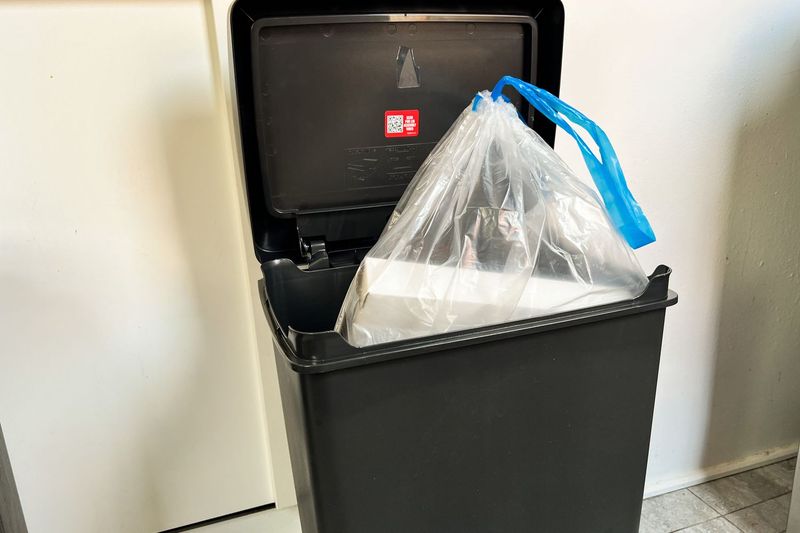
Even with the strongest garbage bags, trash containers develop unpleasant odors that gradually seep into your living space. Savvy homeowners never let garbage linger until the bag is completely full.
Kitchen waste especially needs frequent attention – pros recommend daily disposal, particularly for food scraps, meat packaging, and other quickly-decomposing items. Small trash cans with lids that seal completely help contain odors between emptying.
3. Neglect hidden moisture sources
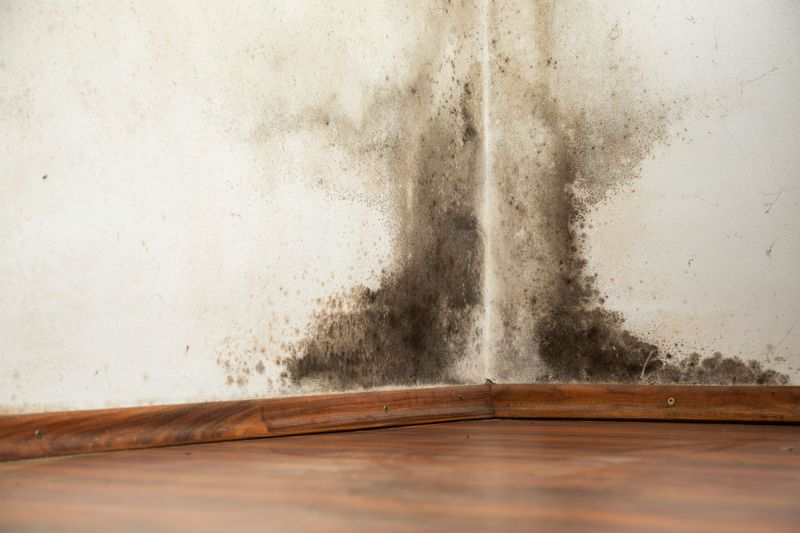
Water lurking in unexpected places creates perfect conditions for musty odors that can permeate your entire home. Under sinks, behind toilets, around window frames—these moisture hotspots often fly under the radar until the distinctive smell of mildew announces their presence.
Homeowners with consistently fresh-smelling spaces regularly inspect these trouble areas, using moisture meters when necessary. They address leaky faucets immediately and use dehumidifiers in naturally damp spaces like basements.
4. Use damp towels repeatedly
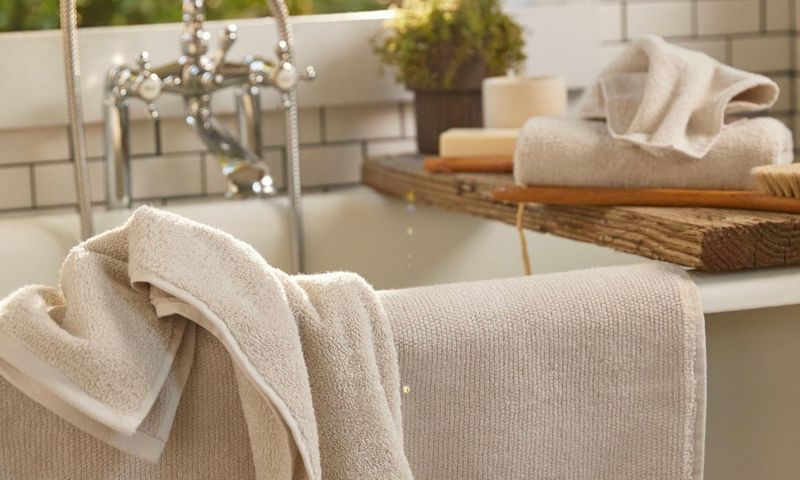
Have you ever caught a whiff of something sour in your bathroom despite regular cleaning? Repeatedly used towels that never fully dry become breeding grounds for bacteria and mildew, creating that distinctive musty smell that permeates bathrooms and nearby spaces.
Homes that smell consistently fresh feature towel racks designed for proper air circulation, allowing complete drying between uses. Many homeowners with fragrant spaces follow the “one use, then wash” rule for face towels and the “three uses maximum” guideline for bath towels.
Swapping out textiles regularly and ensuring they dry completely between uses prevents the buildup of odor-causing microorganisms that can make even a visually clean bathroom smell less than fresh.
5. Ignore refrigerator cleanliness

When was the last time you conducted a thorough refrigerator audit? Forgotten leftovers and leaky containers create odors that escape every time the door opens, gradually influencing your kitchen’s overall scent profile.
Weekly refrigerator checks are standard practice in homes that maintain pleasant aromas. This includes wiping down shelves, checking expiration dates, and properly storing aromatic foods in sealed containers.
Many fragrance experts recommend keeping an open box of baking soda in the back of the fridge, replacing it every three months. Some even schedule quarterly deep-cleans where everything comes out, allowing for thorough sanitizing of all surfaces to prevent lingering food odors from becoming permanent residents.
6. Allow laundry to pile up

Workout clothes, damp towels, and even regular garments release odors when left in hampers for extended periods. The combination of moisture, body oils, and darkness creates perfect conditions for smell-producing bacteria to thrive.
Fresh-home maintainers never let laundry accumulate for more than a few days. They use hampers with ventilation holes rather than sealed containers, preventing the worst odor development while items await washing.
For especially smelly items like sports gear, many homeowners use a pre-washing spray or vinegar solution immediately after use. This simple step prevents odors from setting into fabrics and subsequently permeating closets, bathrooms, and bedrooms with that distinctive “dirty laundry” smell.
7. Cook without proper ventilation

Yesterday’s fish dinner shouldn’t be today’s living room aroma! Cooking without adequate ventilation allows food particles to travel throughout your home, settling on furniture, curtains, and carpets where they continue releasing odors for days.
People with consistently fresh-smelling homes always use exhaust fans while cooking and for 15-20 minutes afterward. Many also crack windows open during meal preparation, especially when making foods with strong aromas like fish, curry, or fried items.
8. Neglect carpet and upholstery cleaning
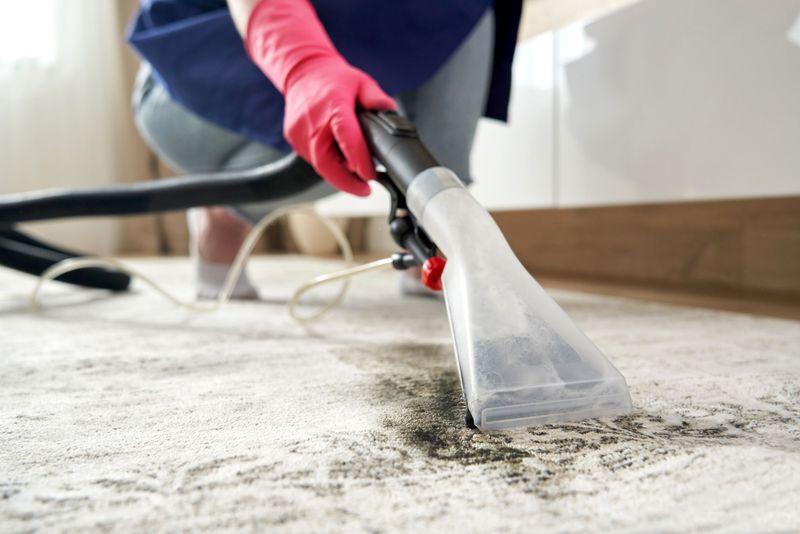
Soft surfaces throughout your home act like giant odor sponges, absorbing everything from food particles to pet dander to everyday dust. Over time, these materials release subtle but persistent odors that define your home’s background scent.
Regular vacuuming only removes surface debris. Homeowners with consistently pleasant-smelling interiors schedule professional deep cleaning for carpets and upholstery at least twice yearly, with more frequent attention to high-traffic areas.
Between professional treatments, they use baking soda treatments—sprinkling it liberally on carpets, allowing it to sit overnight, and vacuuming thoroughly the next day—to absorb odors naturally. This simple maintenance ritual prevents the gradual buildup of that distinctive “lived-in” smell.
9. Overlook shoe odors

Footwear brings the outside world—with all its associated smells—directly into your living space. Each pair carries traces of everywhere you’ve walked, from public restrooms to city streets, plus the natural odors created by feet throughout the day.
Homes with consistently pleasant aromas typically feature designated shoe storage away from main living areas. Many implement a “shoes off at the door” policy, preventing outdoor odors from being tracked throughout the house.
10. Skip regular bedding changes

While sleeping, your body sheds skin cells, transfers oils, and releases moisture—all of which get absorbed by your bedding each night. When sheets and pillowcases aren’t changed regularly, these natural processes create a subtle but distinctive odor that affects your bedroom’s overall freshness.
Weekly bedding changes are standard practice in homes with consistently pleasant scents. This includes not just sheets but pillowcases and duvet covers as well.
Many scent-conscious homeowners also regularly air out mattresses and pillows by removing all bedding for a few hours while opening windows, allowing fresh air to circulate through these rarely-exposed surfaces.
11. Burn low-quality candles

The black smoke from paraffin candles doesn’t just leave sooty residue on walls and ceilings – it also contributes to a subtle but persistent burnt smell that lingers long after the flame is extinguished. Quality matters tremendously when it comes to home fragrance products.
Homeowners with consistently pleasing aromas invest in natural soy or beeswax candles with cotton wicks and essential oil-based scents rather than artificial fragrances. These burn cleaner and produce authentic, subtle aromas that enhance rather than overwhelm your space.
Many fragrance enthusiasts also trim candle wicks to ¼ inch before each use and never burn candles for more than 4 hours at a time, preventing that distinctive smoky smell that comes from overheated wax and extended burning.
12. HVAC maintenance
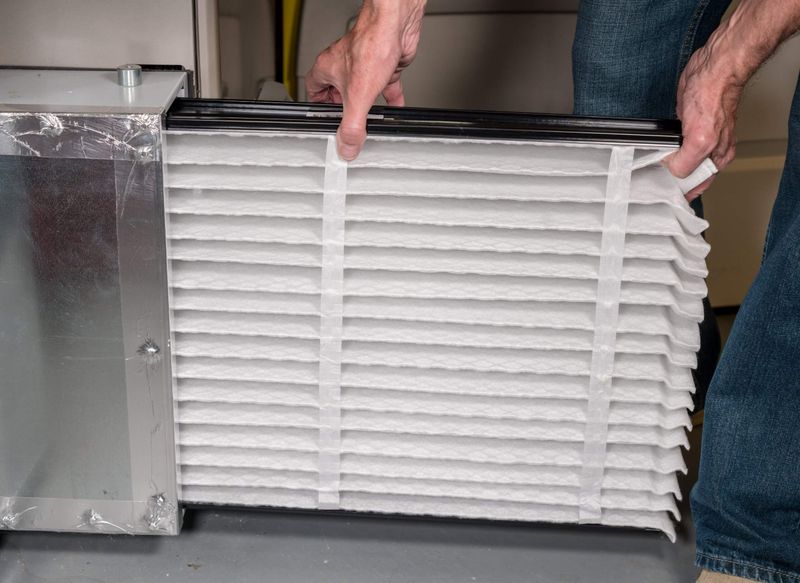
Your heating and cooling system circulates air throughout every room, making it either your greatest ally or worst enemy in the battle for a fresh-smelling home. Neglected filters become collection points for dust, pet hair, and even mold spores.
Professionals in fragrant homes change air filters every 1-3 months depending on household factors like pet ownership and allergy concerns. They also schedule annual duct cleaning to remove accumulated debris that can distribute musty odors throughout the house.
Smart homeowners also clean vents and registers regularly with a vacuum attachment and occasionally add a few drops of essential oil to new filters for a subtle, distributed fragrance that doesn’t overwhelm.
13. Ignore pet odors

Furry friends bring joy and companionship, but they can also introduce persistent odors that homeowners sometimes become ‘nose blind’ to over time. Visitors, however, notice these smells immediately upon entering.
Regular grooming schedules for pets, weekly washing of bedding, and prompt cleanup of accidents are non-negotiable in fragrant homes. Many pros suggest dedicated air purifiers specifically designed for pet areas.
Additionally, fabric-safe enzymatic cleaners break down organic matter rather than just masking smells, attacking odors at their source instead of temporarily covering them with perfumed products.
14. Overuse artificial air fresheners

Contrary to popular belief, homes with genuinely pleasant scents rarely rely on commercial spray fresheners or plug-ins as their primary fragrance strategy. These products often create an artificial, overwhelming fragrance layer that competes with existing odors rather than eliminating them.
Scent specialists explain that chemical fresheners can cause ‘fragrance fatigue,’ where your nose essentially tunes out the smell after brief exposure. Meanwhile, underlying odor issues continue unaddressed.
Instead, fragrant-home owners focus on odor elimination first, then introduce subtle, natural scents through essential oils, fresh flowers, or simmering stovetop potpourri for authentic, evolving aromas.
15. Disregard indoor humidity levels
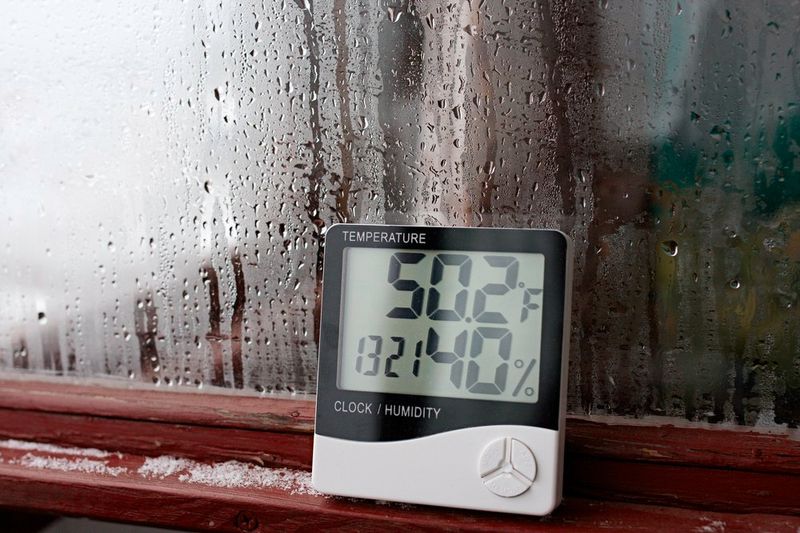
Too much moisture breeds mildew and musty odors, while too little dries out sinuses and creates that distinctive “static electricity” smell. Finding the perfect balance is crucial for maintaining a pleasant-smelling home environment.
Homeowners with consistently fresh-smelling spaces monitor indoor humidity levels, aiming for the ideal range of 30-50%. Many use hygrometers in different rooms to track conditions throughout the seasons.
During winter months, they might employ humidifiers to counteract dry heating systems, while summer might call for dehumidifiers in naturally damp areas.
16. Neglect Indoor Plant Care
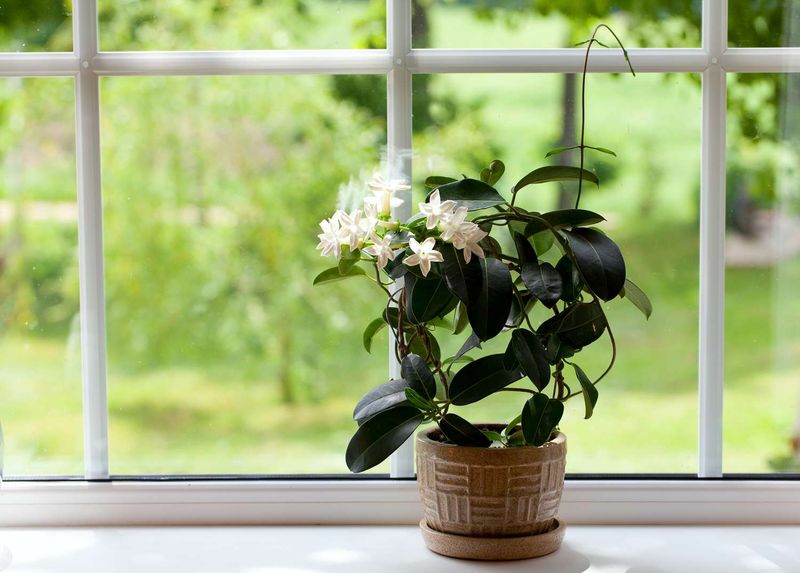
Plants are more than just decorative elements; they’re natural air purifiers. For homes that consistently smell fresh, the secret lies in attentive plant care. Indoor plants like peace lilies, snake plants, and pothos absorb toxins and release oxygen.
Watering them adequately and ensuring they get enough sunlight not only keeps them thriving but also enhances the air quality.
Overlooking plant care can lead to musty smells, as dying plants may release unpleasant odors. Keeping plants healthy and vibrant is a simple yet often forgotten way to maintain a lovely home scent.
17. Ignore Open Window Opportunities

Fresh air is an underrated home fragrance enhancer. People with inviting-smelling homes understand the power of opening windows regularly. By doing so, they allow stale air to escape and fresh, outdoor air to circulate, revitalizing the indoor atmosphere.
Even in colder months, a brief window-opening session can significantly improve air quality.
This simple practice, sometimes overlooked in modern living, combats stuffiness and prevents odors from settling. Embracing the natural breeze is a straightforward yet effective strategy to ensure a consistently fresh-smelling home environment.

